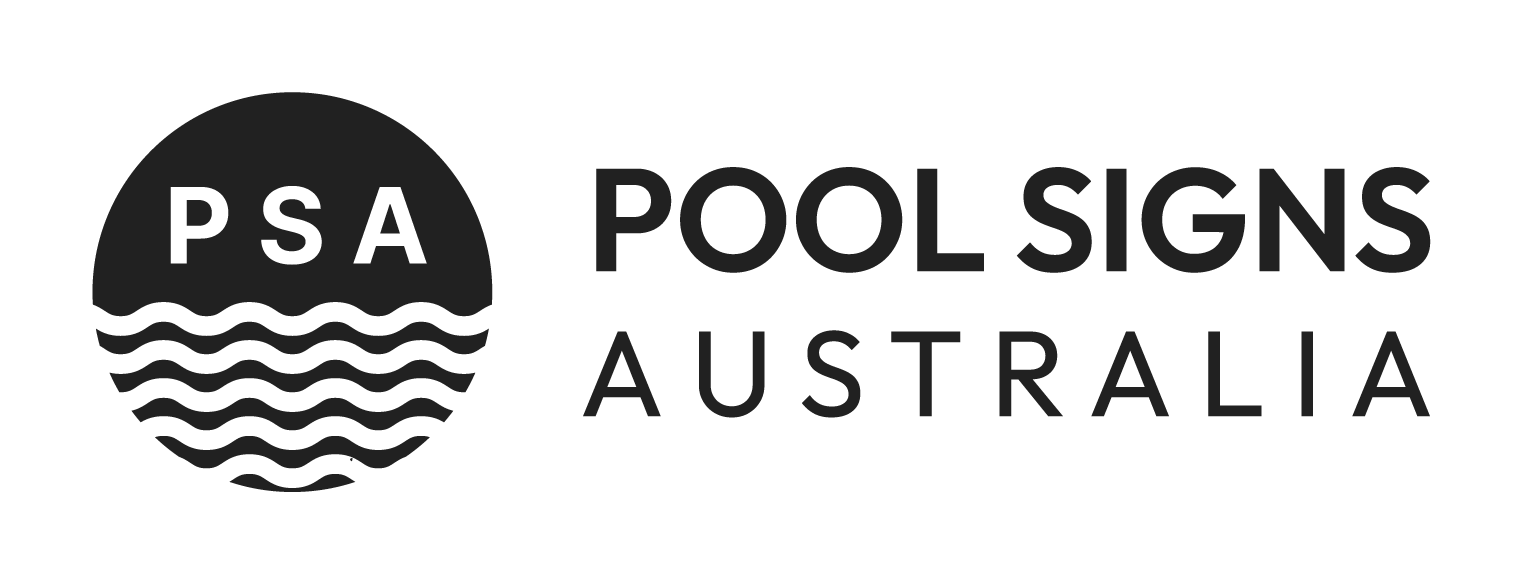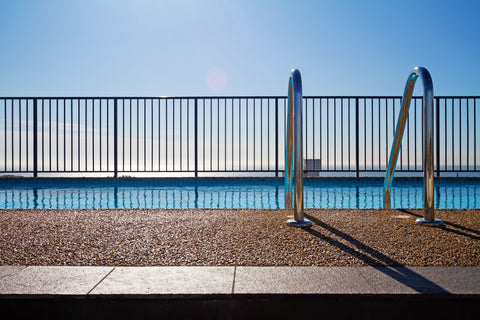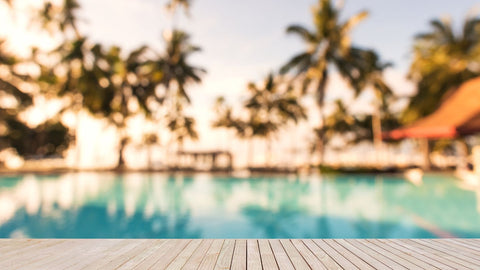As temperatures rise and Australians seek refuge in the cool embrace of backyard pools, public aquatic centres, or coastal resorts, ensuring water safety becomes a national priority. While fences and covers are critical components of pool safety, one often overlooked but equally important element is the humble pool safety sign. These signs are more than decorative or regulatory checkboxes—they are life-saving tools that provide clear, accessible guidance to prevent accidents, especially among children and inexperienced swimmers.
At Pool Signs Australia we explore the importance, types, legal requirements, and design principles of pool safety signs, shedding light on how something so seemingly simple plays a critical role in drowning prevention and public safety.
Why Pool Safety Signs Matter
Australia has some of the strictest pool safety laws in the world—and for good reason. According to Royal Life Saving Australia, drowning is one of the leading causes of accidental death in children under five. Many of these tragedies occur in or around swimming pools. In many cases, the difference between life and death can be traced back to communication—or a lack thereof.
Pool safety signs act as silent guardians. Whether it’s a "No Diving" sign warning of shallow water or a "Children Must Be Supervised" reminder, these signs serve several crucial purposes:
- Prevent injuries and fatalities by communicating hazards.
- Support legal compliance with local council and state regulations.
- Raise awareness about safe pool practices.
- Ensure non-English speakers and children understand risks through universal symbols and graphics.
Types of Pool Safety Signs
Depending on the nature of the pool—private, commercial, or public—different types of pool safety signs may be required. Here’s a breakdown of the most common categories:
1. Warning Signs
These alert pool users to potential hazards:
- No Diving (indicating shallow water)
- Slippery When Wet
- Deep Water
- Electrical Hazard
2. Instructional Signs
These inform users of required behaviours:
- Supervise Children at All Times
- No Running
- Pool Rules (e.g., no glass, no food, proper swimwear)
3. Emergency Signs
These signs point to critical safety equipment or procedures:
- Emergency Phone Location
- CPR Instructions
- First Aid Kit Location
- Lifebuoy or Life Ring Location
4. Regulatory Signs
These help pool owners comply with local regulations:
- Gate Must Be Kept Closed at All Times
- Pool Area Under Surveillance
- Pool Closed – Maintenance
Each of these pool safety signs contributes to a comprehensive safety strategy that not only protects users but also reduces legal liability for pool owners.
Legal Requirements for Pool Safety Signs in Australia
Australian law mandates specific pool safety requirements depending on the state or territory. Here are a few examples:
Queensland
The Queensland Building and Construction Commission (QBCC) requires every pool to have a resuscitation (CPR) sign that meets the latest guidelines from the Australian Resuscitation Council. The sign must be:
- Visible from anywhere in the pool area.
- Durable and weatherproof.
- Positioned at least 300 mm x 300 mm in size.
- Failure to comply can result in fines or loss of compliance certification.
New South Wales
Under NSW Fair Trading, pool safety signs are part of the required safety checklist for obtaining a Certificate of Compliance. This includes:
- Clear signage for emergency contact information.
- Signage to restrict access to the pool area.
- Warnings for dangerous behaviour.
Victoria, Western Australia, and Other States
Similar rules apply across other states, with minor variations in signage placement and requirements. However, the consistent message is clear: pool safety signs are non-negotiable.
Designing Effective Pool Safety Signs
It’s not enough to simply post a sign. The design, placement, and readability of pool safety signs are what ultimately determine their effectiveness.
Key Design Features:
High contrast colours like red/white or black/yellow for readability.
- Clear, bold fonts that can be read at a glance.
- Simple pictograms or symbols for children and non-English speakers.
- UV-resistant and waterproof materials to endure sun and rain.
- Consistent placement at eye level, near entry points, or hazard zones.
A well-designed pool safety sign should convey its message in under three seconds. If a sign is too complex, too faded, or positioned out of sight, it fails its purpose.
Pool Safety Signs for Private Pools
While public and commercial pools are heavily regulated, private homeowners often neglect signage because they assume it’s unnecessary. However, accidents can happen in seconds, especially when guests or neighbours bring children over.
Homeowners are strongly advised to install at least the following:
- CPR signage.
- Supervision reminders.
- Gate closure reminders.
- Emergency contacts.
These signs don’t just add peace of mind—they could save a life or protect the homeowner from legal consequences in the event of an accident.
The Psychological Power of Signs
Pool safety signs also tap into psychological triggers that promote behavioural change. Research in public health signage shows that visual reminders prompt more consistent action than verbal instructions alone.
A “Watch Your Children” sign near a pool gate may seem like a formality, but to a distracted parent, it’s a powerful nudge toward attentiveness. These signs serve as behavioural cues that reinforce a culture of care, vigilance, and responsibility.
Beyond Signs: Part of a Holistic Approach
While pool safety signs are essential, they should be part of a holistic safety plan that includes:
- Pool fencing and gates compliant with local regulations.
- CPR training for adults in the household or staff.
- Supervision policies, particularly during gatherings or parties.
- Regular equipment checks, including signage condition.
- Signs are not a replacement for supervision or physical barriers—but they are a crucial line of defence.
Signposting Safety, Saving Lives
Pool safety signs are small, inexpensive, and often overlooked. But their impact is profound. Whether you're a homeowner with a backyard pool, a property manager for a resort, or a council officer responsible for a public aquatic facility, installing and maintaining appropriate pool safety signage is not just a box to tick—it’s a duty of care.
In a country where the water is part of our lifestyle, pool safety signs help ensure that our love for swimming doesn’t come at the cost of a life. Let them be seen. Let them be read. And most importantly, let them be respected.
Keywords: pool safety signs, drowning prevention, CPR signage, pool safety regulations, no diving sign, supervise children, emergency signage, pool compliance, pool fencing, water safety.




